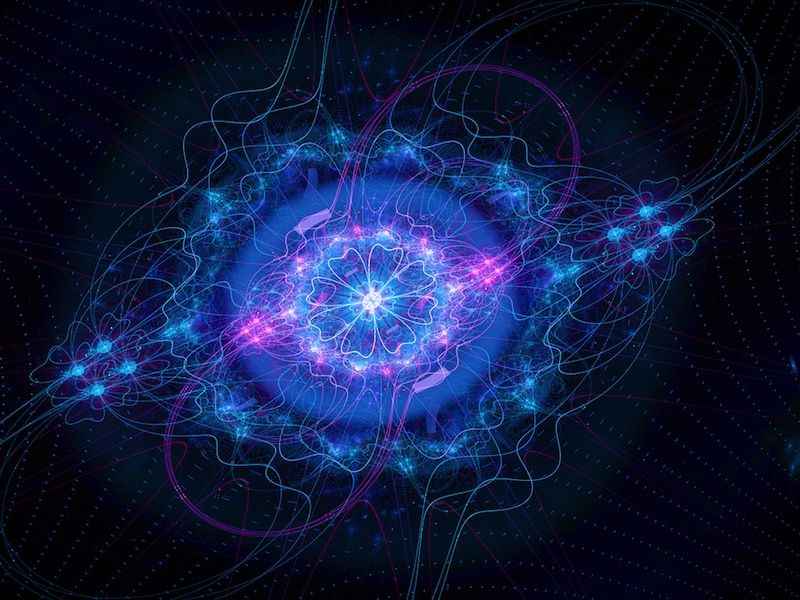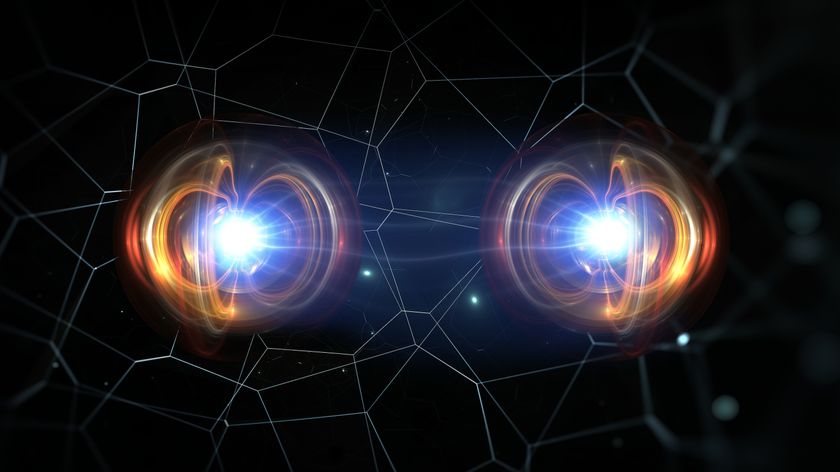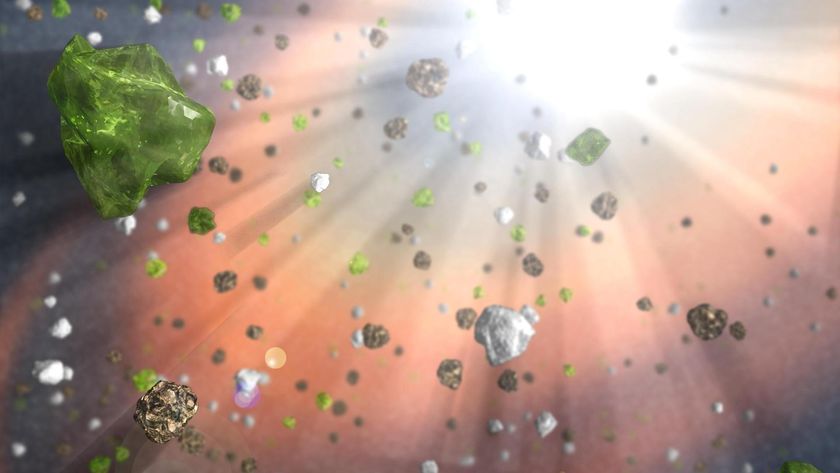Higgs Music: What the World’s Largest Atom Smasher Sounds Like

The discovery of the Higgs boson, the particle thought to explain how other particles get their mass, was music to scientists' ears. And now, researchers working atthe lab where the discovery was made have converted the Higgs data into literal music.
Scientists took data from the ALICE, ATLAS CMS and LHCb detectors in the Large Hadron Collider (LHC), at CERN laboratory near Geneva, Switzerland, between 2011 and 2013, and turned it into a musical score that reveals what the Higgs boson would sound like. CERN physicists and engineers recorded an experimental piece called "LHChamber Music" based on that sonified data.
Composer and physicist Domenico Vicinanza created the music for CERN's 60th anniversary, and some of the lab's musically minded scientists performed the piece in the four experimental caverns that house the atom smasher's detectors and the CERN control center. [Gallery: Search for the Higgs Boson (Photos)]
The music honors one of CERN's greatest discoveries. On July 4, 2012, CERN scientists announced they had detected a particle that looked to be the so-called Higgs boson, whose existence was first hypothesized by British physicist Peter Higgs in the 1960s. Two separate LHC experiments, called ATLAS and CMS, detected a new elementary particle weighing about 126 gigaelectron volts or GeV (one GeV is about the weight of a proton, the positively charged particle found in the nucleus of an atom). In March 2013, after collecting more data inside the LHC, the researchers confirmed that the newfound particle was, indeed, the Higgs.
A group of researchers converted the Higgs data into music using the biggest grid of computers in Europe, called EGI, running on a data network called GÉANT, which connects the research and education community across Europe. The grid combines the processing power of many computers to analyze huge amounts of data more quickly.
To find out what the Higgs boson "sounds" like, the team mapped the values in the data (expressed as numbers of particle collision events per unit mass) to musical notes. That way, each number corresponded to a unique note, and the order of the numbers matched the order of the notes. For example, the number 25 might map to a "C" note, 26 to a "D" note, 27 to an "E" note and so on.
The scientists played the resulting musical score on a Bösendorfer piano alone; then on a piano and a marimba; and finally on a piano, marimba, xylophone, flute and double bass, with percussion. The symphony created for CERN's anniversary was based on this score.
Sign up for the Live Science daily newsletter now
Get the world’s most fascinating discoveries delivered straight to your inbox.
"We believe this musical interpretation of the LHC data will help people understand or at least 'feel' the complexity and beauty of the finding," the music's creators wrote in the LHC Open Symphony blog.
The music could allow a blind scientist to "see" where the Higgs boson peak is in the data, and appreciate the evidence, they said. Alternatively, playing the score could expose a musician to the world of high-energy physics.
The discovery of the Higgs boson provided the final missing piece in the Standard Model of particle physics, the reigning theory of particle physics at the subatomic level.
Follow Tanya Lewis on Twitterand Google+. Follow us @livescience, Facebook& Google+. Original article on Live Science.












